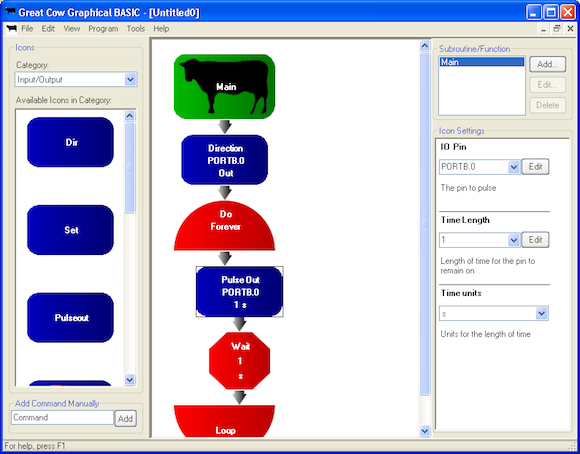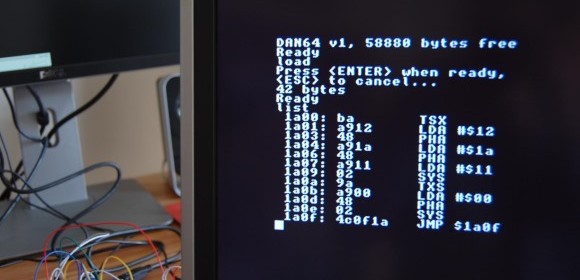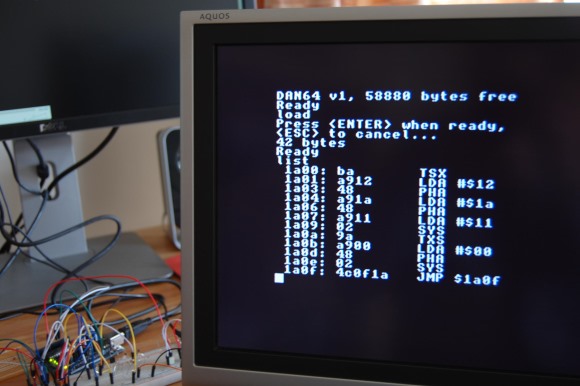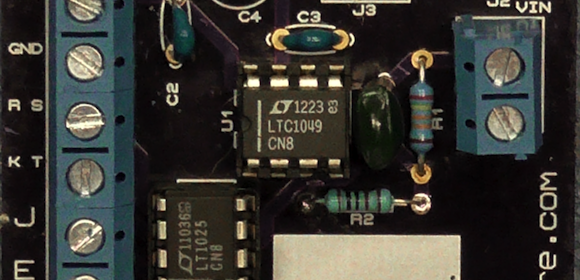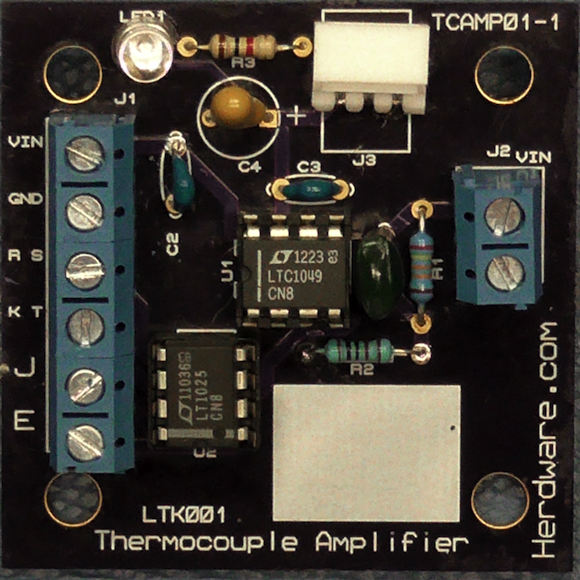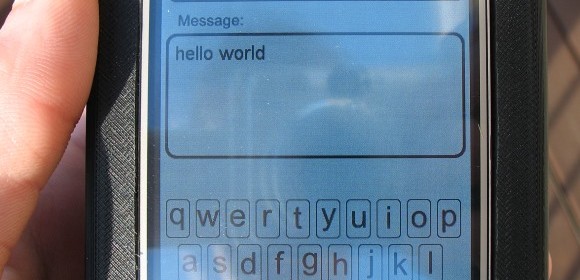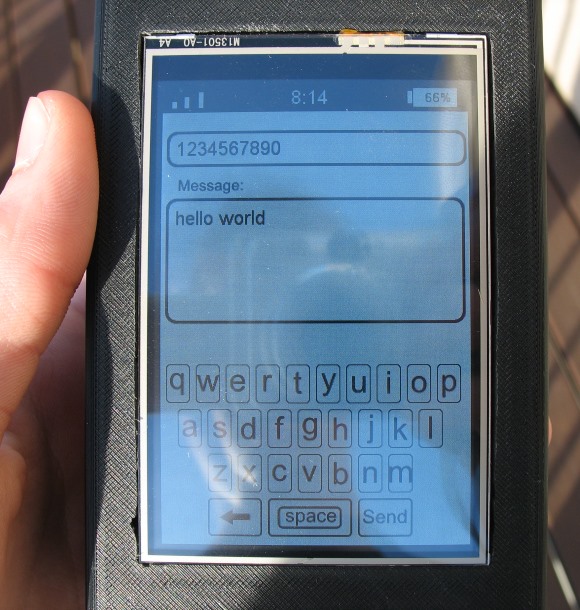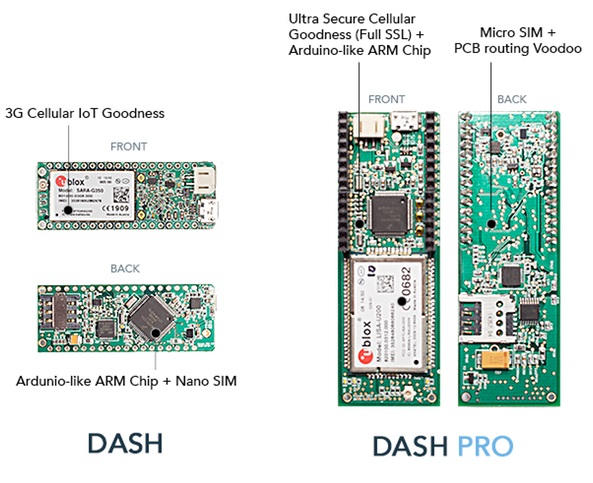New release of Great Cow BASIC compiler

Evan tipped us off that the Great Cow Basic development team has recently released a new build of Great Cow BASIC compiler with lots of enhanced features. For those who are unfamiliar with Great Cow BASIC, it is an easy to use BASIC compiler for PIC and AVR microcontrollers. The best thing about it is that it is completely free with no restrictions on the program size. I first came across it in 2008 when I was looking for a free High-Level compiler for developing PIC applications. Great Cow BASIC looked promising to me, and was very easy to learn. But since it was in its early phase, and there were not much built-in libraries at that point, I switched to using the MikroC compiler from MikroElektronika. Since then the Great Cow BASIC has lots of updates and the team behind it has put tremendous effort in making it better with every new release. Some of the enhancements in the latest release include:
- Improved support for Microchip and Atmel 8-bit microprocessors.
- Improved IDE to make programming as easy as possible.
- An enhanced Great Cow Graphical Basic User Interface that supports the review of the demonstration files and the new chip change configuration.
- Improved Help File.
- Over 160 useful demonstration files that showcase the breadth and depth of Great Cow Basic capabilities.
- New functionality with ~90 enhancements over the previous release.
- Support for a large set of supported hardware accessories including LCD drivers and five types of GLCD support.
- I2C and TWI hardware support for Microchip and AVR respectively.
Great Cow BASIC also has a graphical programming version named Great Cow Graphical BASIC. Check out the more details on the recent release of Great Cow BASIC here.
